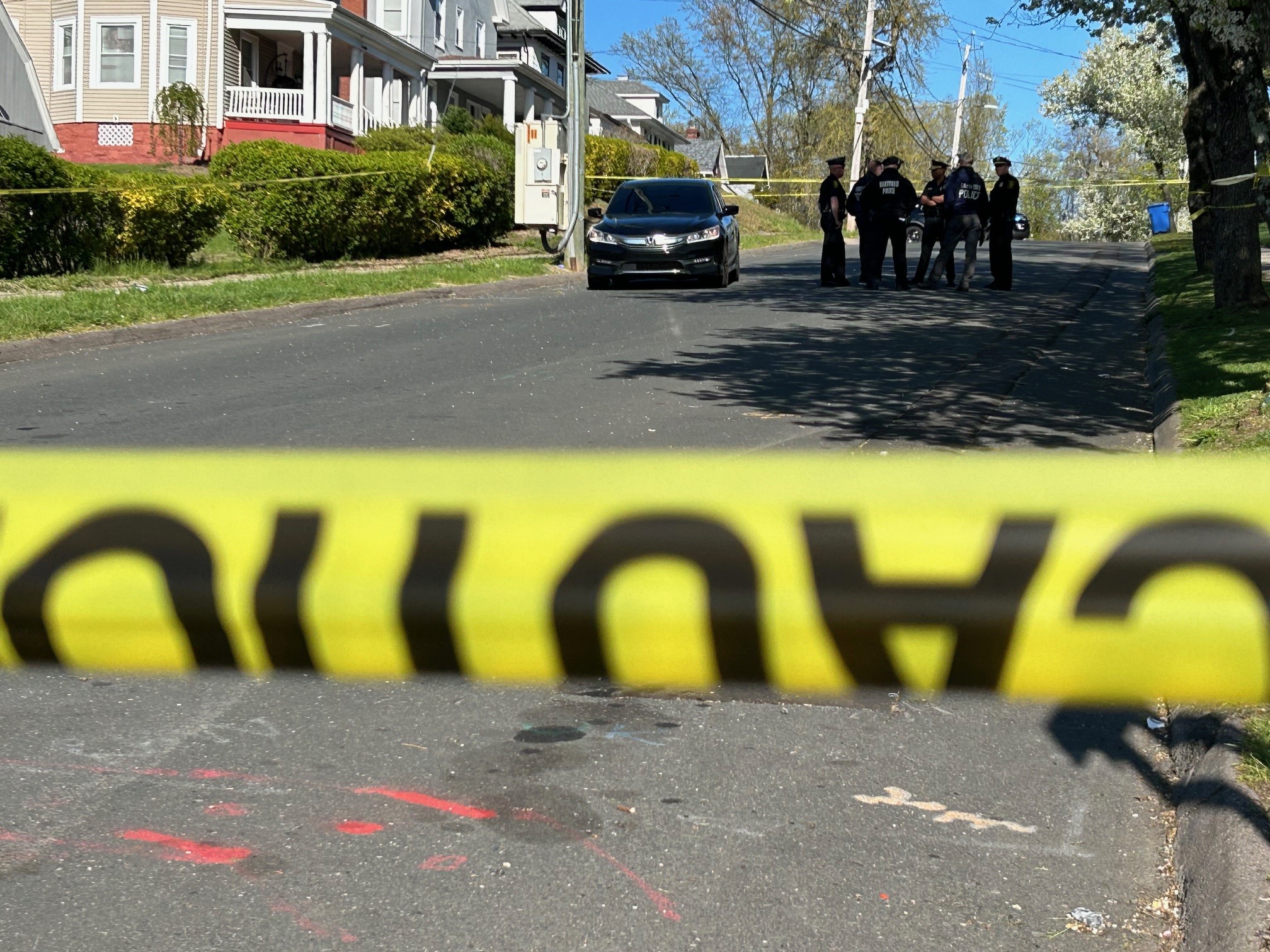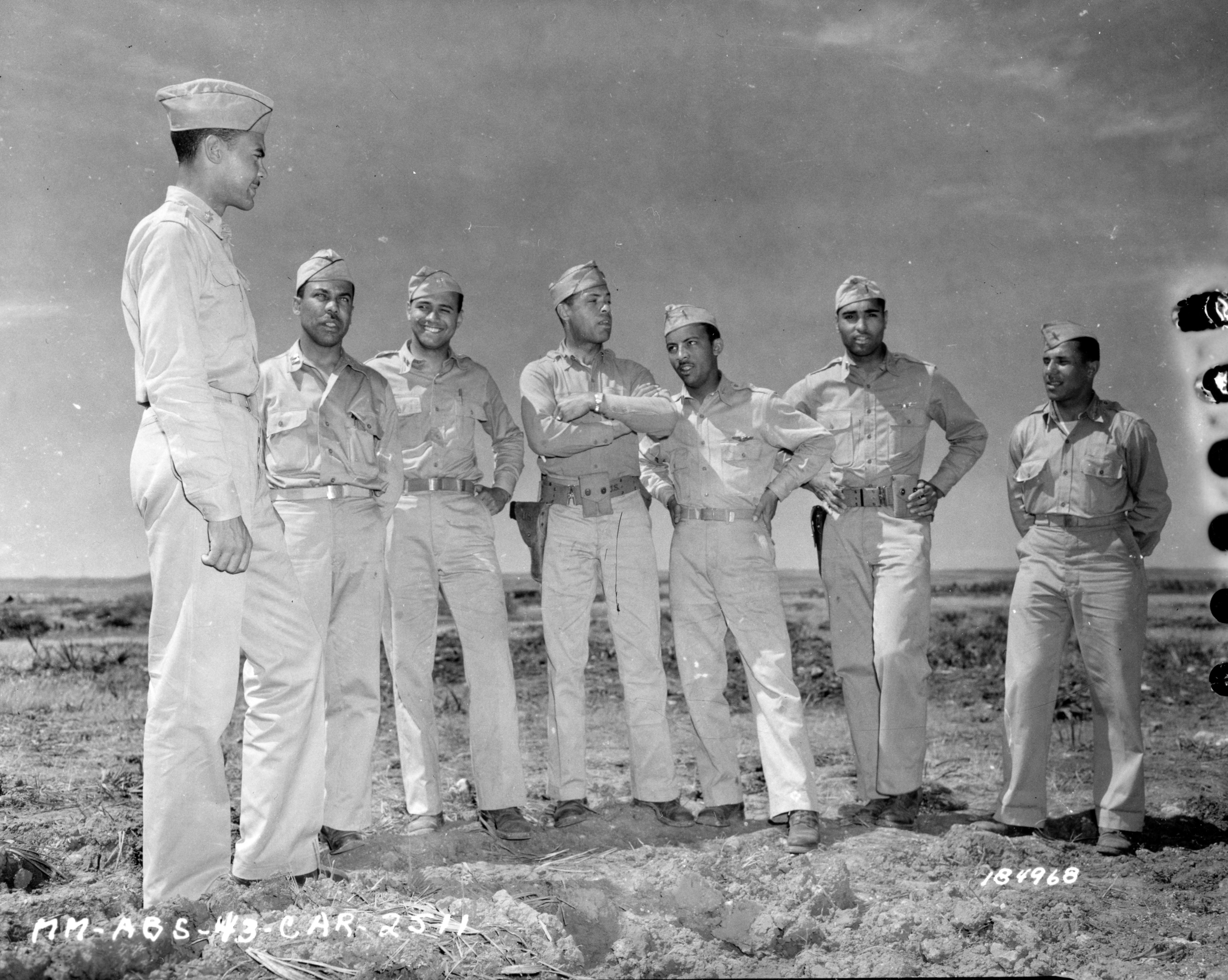The dreaded polar vortex – it’s back! Or is it????
I can't think of a meteorological phrase that has entered into our everyday lexicon that bothers me more than polar vortex.
With a blast of cold air moving across the United States the term has been used countless times over the past week or so. Temperatures in Connecticut by Friday morning will approach 0 degrees - with the wind chill it will feel even colder than that!
Undoubtedly you've heard about the polar vortex roaring down from the North Pole – probably even right here on NBC Connecticut – but it’s not exactly the best way to describe intrusions of Arctic air. I asked Assistant Professor of Meteorology Jason Furtado of the University of Oklahoma, one of the world’s polar vortex experts, to share his thoughts on what the polar vortex is and what it isn’t.
“The polar vortex is an area of low pressure that forms at the high latitudes and is strongest during the winter months when the air is the coldest and hence can create the larger temperature differences between the Arctic and low latitudes, Furtado said. “The vortex is the most well-defined and strongest in the stratosphere, the layer of the atmosphere above the troposphere – i.e., the layer in which we live and where the weather happens.”
![[Fista] sonia20sundance20proenza.jpg](https://media.nbcconnecticut.com/2019/09/sonia20sundance20proenza.png?resize=218%2C123&quality=85&strip=all)
The key here is that this is happening up in the stratosphere – or 10 to 20 miles above our heads! What happens below that – in the troposphere – where we live is a bit more complex and is what matters to us.
Local
“There is a polar vortex in the troposphere as well, which we call the tropospheric polar vortex, and it has similar characteristics to its stratospheric counterpart. However, the tropospheric polar vortex most often not as circular or confined, and it has ‘lobes’ that can extend out into the mid-latitudes and bring cold air southward, sometimes with big storms. It is this latter polar vortex (the ‘tropospheric polar vortex’) that is used to characterize these cold air outbreaks and big storms,” according to Furtado.
As it turns out it’s not really the polar vortex diving south into New England that brings bitterly cold air. More accurately a lobe of the tropospheric polar vortex is going to swing through and bring cold air south. That doesn’t sound nearly as sexy, does it?
Furtado thinks the proliferation of the term is a bit much. “The term ‘polar vortex’ has been used and abused over the past few winters. As a scientist, I always think it is important to be accurate without having to be overly technical. I think it is important to understand that cold air outbreaks do not mean that the actual tropospheric polar vortex comes south.”
Another important item to note is that when the polar vortex is stronger – cold air effectively remains trapped over the Arctic. A more accurate headline to describe the science behind and Arctic outbreak would be: ‘The polar vortex is weakening sending Arctic cold south’
The polar vortex in the stratosphere does break down occasionally which can lead to Arctic intrusions as the stratospheric and tropospheric vortexes are coupled. This is something we see every winter and every blast of cold air from Canada is a ripple or lobe of the tropospheric polar vortex that skirts along the U.S./Canadian border with great regularity every winter.
I’m a stickler for science and getting the terminology right. The producers here at the station know that “polar vortex” is one of the phrases they can throw into a script to get a rise out of me. They love to annoy the cranky weather guy! The polar vortex isn’t new and it’s not really enveloping New England on Friday. Yes a lobe of the tropospheric polar vortex is coming south but to say it’s the “polar vortex” isn’t really correct. Unfortunately the term, and the term’s misuse, isn’t really going anywhere.
Thanks to Professor Jason Furtado for sharing his thoughts on the polar vortex. Now… get off my lawn!



